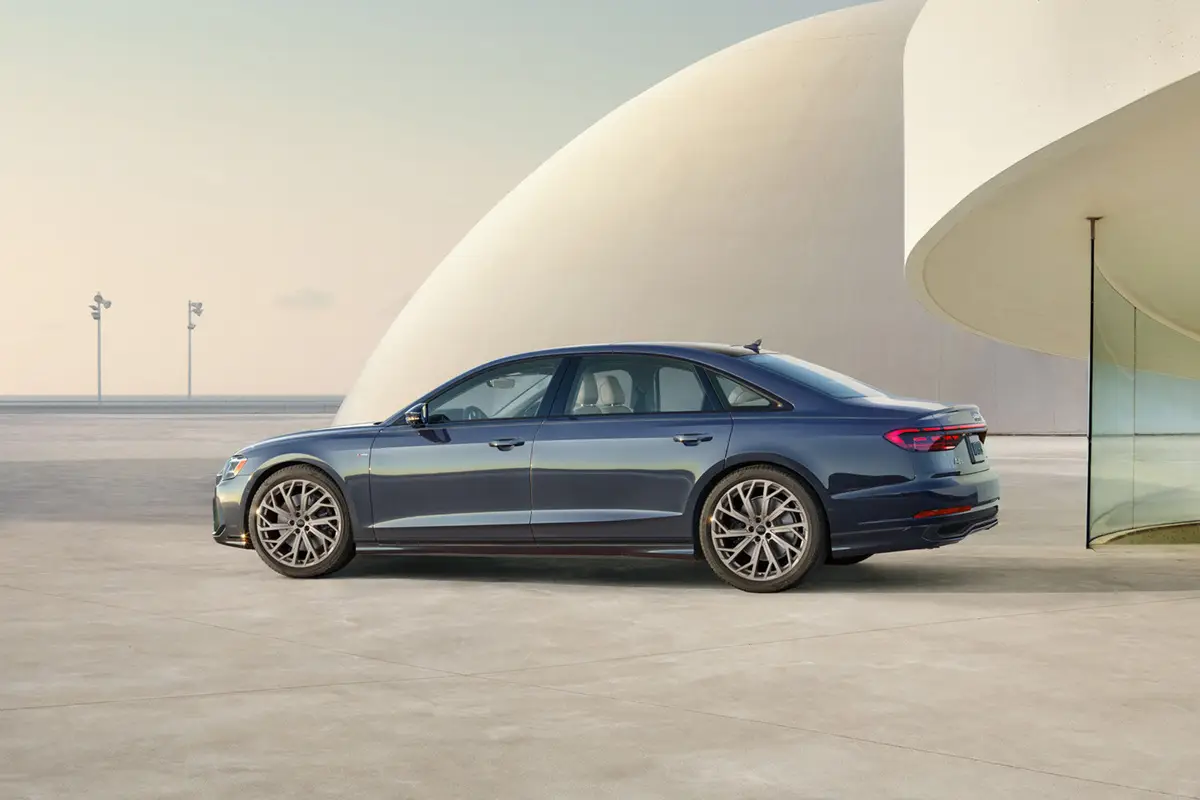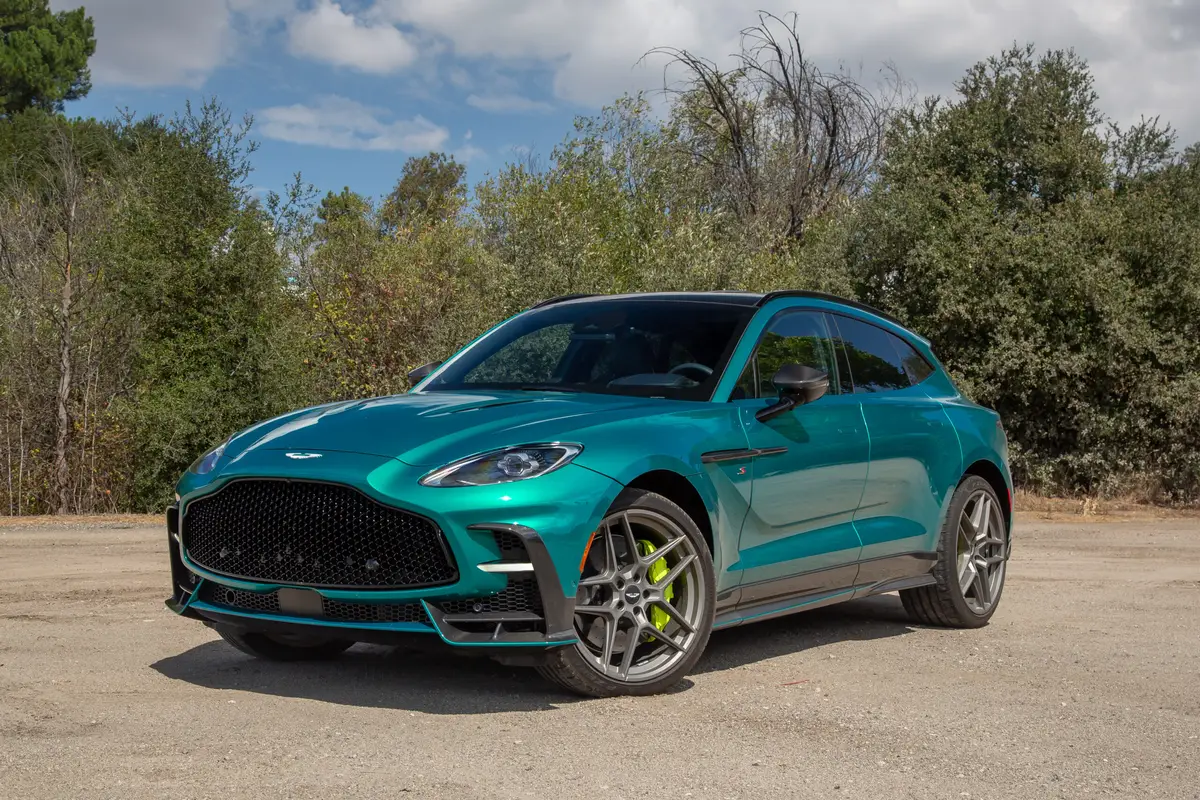The Morning Call and Mcall.com's view
As the warm temperatures recede into memory, and fall’s bright colors and crisp air appear, it may seem like an odd time to talk of a great new roadster.
But to lovers of going topless _ automotively speaking, of course _ putting the lid down when it turns cooler merely means turning on the heater to stay warm.
Besides, at one time all cars were convertibles. But I digress.
For 2006, Mazda’s MX-5 Miata comes in a fashionably new set of clothes that eschews its soft lines for a look that’s more masculine and every bit as distinctive as the car it replaces. In some respects, it’s even more distinctive.
If the new car seems larger than the outgoing second generation, it is. According to Mazda, the new car’s wheelbase has increased by 2.6 inches, overall length by 1.6 inches and width by 1.6 inches. Despite the slightly larger profile, the car weighs just 22 pounds more.
This is most apparent in the interior, which retains its snug, tailored fit. While taller drivers will find it much more welcoming, the seat cushions are still a bit flat and don’t adjust enough. This makes long trips painful for taller folks. Of course, with all the wiring stashed under the passenger seat, as well as Mazda’s concern for light weight, that option might have been unnecessarily eliminated.
What’s been added? Thankfully, side-impact air bags. Creature comforts, including leather, power windows and locks and an awesome Bose audio system were included in the Mazda’s $24,435 base price. One complaint: the driver’s side window was express-down, the passenger’s side was not. Both should be. Getting the windows lowered as quickly as possible after lowering the top is priority and it’s an annoyance to wait for the slower window to lower.
What hasn’t been eliminated is Mazda’s feel for creating an exciting interior design.
The new MX-5 has a sporty interior that’s interesting to look at, yet very functional. Brushed chrome-trimmed gauges are amber-lit, and include a rarity: an oil pressure gauge. Thank you, Mazda, few car companies spend the money on such an essential gauge anymore.
But all of this is secondary to the MX-5’s true calling: performance.
The new MX-5’s 2-liter, double-overhead-cam four-cylinder engine now yields 170 horsepower, 28 horsepower more than the old model. That makes for some spirited driving.
A five or six-speed manual transmission is available, as well as a six-speed automatic that can be shifted manually. The automatic features paddle shifters that make the car an ideal compromise for those whose mate can’t work a clutch. Two paddle shifters behind the wheel upshift, while two steering-wheel-mounted spokes downshift. Once you get used to it, the system works well, although not as quickly as the one in the Toyota MR-2 Spyder. Still, it allows the driver to take advantage of the engine’s sweet spot in the 3,000-4,000 rpm range.
This fun is enhanced on the top-of-the-line Grand Touring model with its performance-tuned suspension. It yields a very stiff ride. The trade-off is predictable: handling is quite good and the steering takes under three turns lock to lock, making for incredible maneuverability. The steering also returns the right amount of road feel.
The well-tuned dynamics makes for fun times on twisty back roads, but it can also make the car skittish on the highway.
Of course, this is more the back roads sports car than long-distance cruiser. The trunk measures just 5.3 cubic feet, so this isn’t a car to take on a long weekend trip.
The top can still be put up or down while seated and is so well-designed, you’ll never miss the power mechanism.
The top isn’t lined on the inside, so road noise is on the high side.
But so what?
A small convertible is still one of life’s great pleasures, riding on a back road with the one you love.
While the MX-5’s small size may concern you given that the average SUV weighs more than 6,000 pounds, just laugh, scoot around them and enjoy the thrills that have captured the hearts of motoring enthusiasts since they first strapped themselves into a sports car in the early 1900s.
Latest news



